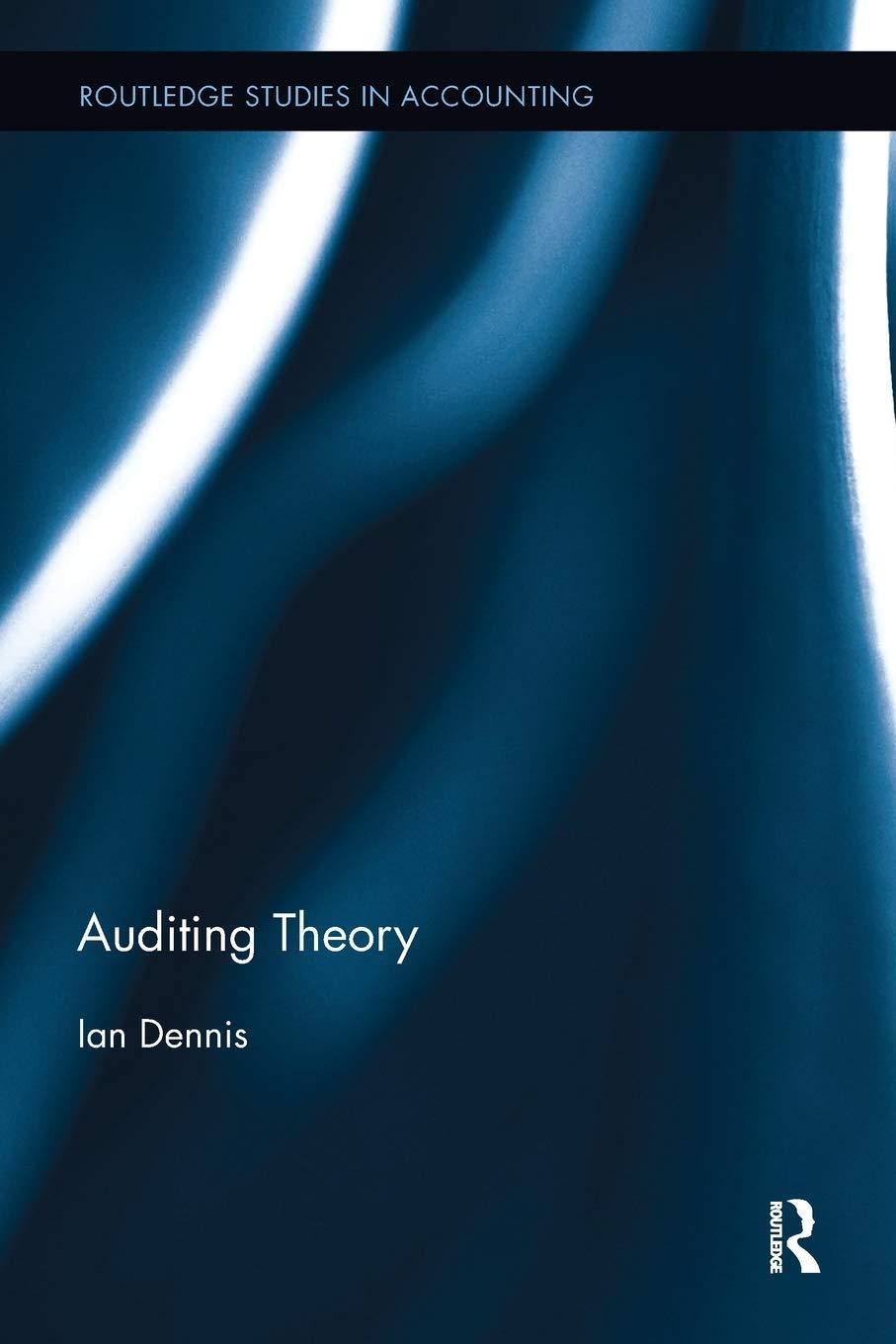Question
Calculate the net present value (NPV) for the cash option, using the annuity factor to determine the present value of the depreciation tax benefits. The
- Calculate the net present value (NPV) for the cash option, using the annuity factor to determine the present value of the depreciation tax benefits. The line items are initial outlay and the present value of depreciation tax benefits (years 1-5).
- Calculate the net present value (NPV) for the loan option, using the annuity factor to determine the present values. The line items are initial down-payment, the PV of the loan payments (years 1-5), and the present value of depreciation tax benefits (years 1-5).
- Calculate the net present value (NPV) for the lease option, using the corresponding annuity factor to determine the present value of years 1-4, and the PV factor for the final year 5 payment. The line items are initial payment (after tax effect), the tax effect-adjusted PV of lease payments in years 1-4, and the present value of the final year 5 purchase payment .
- Based on this analysis, which method of purchasing the diesel truck should Nick recommend?
Case: Nick's Financial Future (2)
Nick was starting to feel at home with his new job. Now that he was nearing the end of his six months as assistant plant manager in training, he thought his boss was finally beginning to have some confidence in him. During most of this period, Mr. Raymond had always gone back to carefully scrutinize every calculation and decision that Nick had made. Now Nick was given the freedom to perform the analysis and decision recommendations by himself.
Nick's recent assignment was to evaluate whether it was worthwhile to purchase a new grinding machine for the feed plant. Whereas in the past, the firm had made these decisions by going with a payback period of 3 years or less, Nick had done a great job of instead using and explaining the advantages of an analysis based on the principles of opportunity cost, the time value of money, and the net present value method of evaluating capital expenditures.
Now Mr. Raymond gave him a new assignment. This time, Mr. Raymond asked Nick to determine the best way to acquire a new diesel truck for the business.
- A salesperson from the local dealership was trying to sell him on the idea of paying cash.
- His banker told him the best thing to do was to get a loan from his bank.
- One of his golfing buddies said that modern corporations lease things like this.
He asked Nick to look into it and give him a recommendation and full report on Monday about how to make this kind of decision.
Key Assumptions
- Purchase price of the diesel truck is $80,000. It has a life of 5 years, and depreciates at constant rate over the 5 years
- The firm's opportunity cost, and discount rate is 10%.
- For cash and loan options, the benefits of the investment are the tax shelter of the depreciation expense, That is, the present value of annual depreciation costs, multiplied by the firm's tax rate of 20%.
- The loan option requires a down-payment of 10% of the purchase, so the amount financed is $72,000. The loan's term is 5 years at 8% annually. There is no tax effect of the loan payments.
- The lease option has an annual payment of $19,000. The first payment is to be made up-front in year zero. There are then 4 more payments for years 1-4. The year 5 payment of 16,000 is an option to buy the truck at that point. Assume the option will be taken. Lease payments in years 0 through 4 reduce taxable income, so factor their after-tax present value by multiplying present value by (1-tax rate). The final purchase payment in year 5 has no such tax effect.
Step by Step Solution
There are 3 Steps involved in it
Step: 1

Get Instant Access to Expert-Tailored Solutions
See step-by-step solutions with expert insights and AI powered tools for academic success
Step: 2

Step: 3

Ace Your Homework with AI
Get the answers you need in no time with our AI-driven, step-by-step assistance
Get Started


